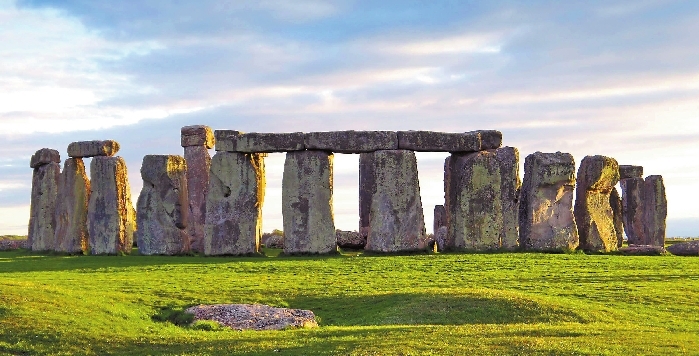
YOU hear the word solstice all the time. We have the summer solstice coming up June 21 at 11:54 a.m., and in a few months, the winter solstice (Dec. 21) will be here, too. But what do the solstices signify, and why should you care? For one, these events occur when the sun reaches its highest point in the sky by noon (summer) and inversely, when it reaches the lowest point in the sky at the same time (winter). They mark the start of two of the four seasons and have influenced the culture and customs of ancient empires including the Romans, Greeks and Chinese. What is a solstice? The word solstice is a Latin derivative of two words: sol (sun) and sistere (stop, to be still). A solstice is defined as an event when the sun is at its highest or lowest point in the sky. This happens twice a year, and the occurrence of the summer and winter solstices marks the longest and shortest two days of the year, respectively. While solstices are sometimes confused with equinoxes, they’re not the same thing. Solstices and equinoxes share similarities, like the fact that they’re both ruled by the equator’s distance from the sun during each season. Equinox comes from the Medieval Latin word equinoxium, which fuses aequus (equal) with nox (night). An equinox occurs when the sun lines up so that the equator bisects it. The occurrence gives us a day that is equal parts daytime and nighttime. This signals the beginning of spring (the vernal equinox) and fall (the autumnal equinox) each year. During an equinox, the sun is closest to the equator. How do solstices work? The science that explains solstices has everything to do with Earth’s 23.5-degree obliquity (its axial tilt) as it orbits the sun. When the North Pole is closest to the sun, the northern hemisphere experiences summer. This lasts until the North Pole moves far enough away from the sun and we get winter. In other words, the northern hemisphere gets the most amount of sunlight during the day between spring and fall until the sun reaches its peak in late June and gives us the summer solstice. During this time, the southern hemisphere experiences winter. The cycles repeat every year as Earth rotates on its axis and orbits the sun. Why do solstices matter? Solstices and equinoxes are responsible for the change in seasons we experience every year. Some estimates have humans observing solstices as early as the Stone Age (2.5 million years ago) while others posit that neolithic humans used the summer solstice as an indicator for planting and harvesting crops. Solstices have been celebrated across cultures that span the globe including in ancient China, where the summer solstice was marked as the time when “yin” started to set in — a philosophical concept in contrast with yang — and ancient Greece, where the summer solstice signified the upcoming Olympic Games. Meanwhile, European Pagans welcomed it by lighting bonfires and Native American tribes, such as the Sioux, would greet it with a ritual dance around a tree. In Sweden, the summer solstice is called “Midsommar,” and it’s one of the most widely observed holidays where revelers, adorned with flower crowns and ribbons, dance around a maypole to celebrate love, life, and good fortune. Then there’s Stonehenge in England, which was built in a way that lines up perfectly with both the summer and winter solstices. Stonehenge attracts thousands of tourists every year, who all come to witness the summer solstice, which is marked by the rising sun aligning with the Altar, Slaughter, and Heel Stones. (SD-Agencies) | 
